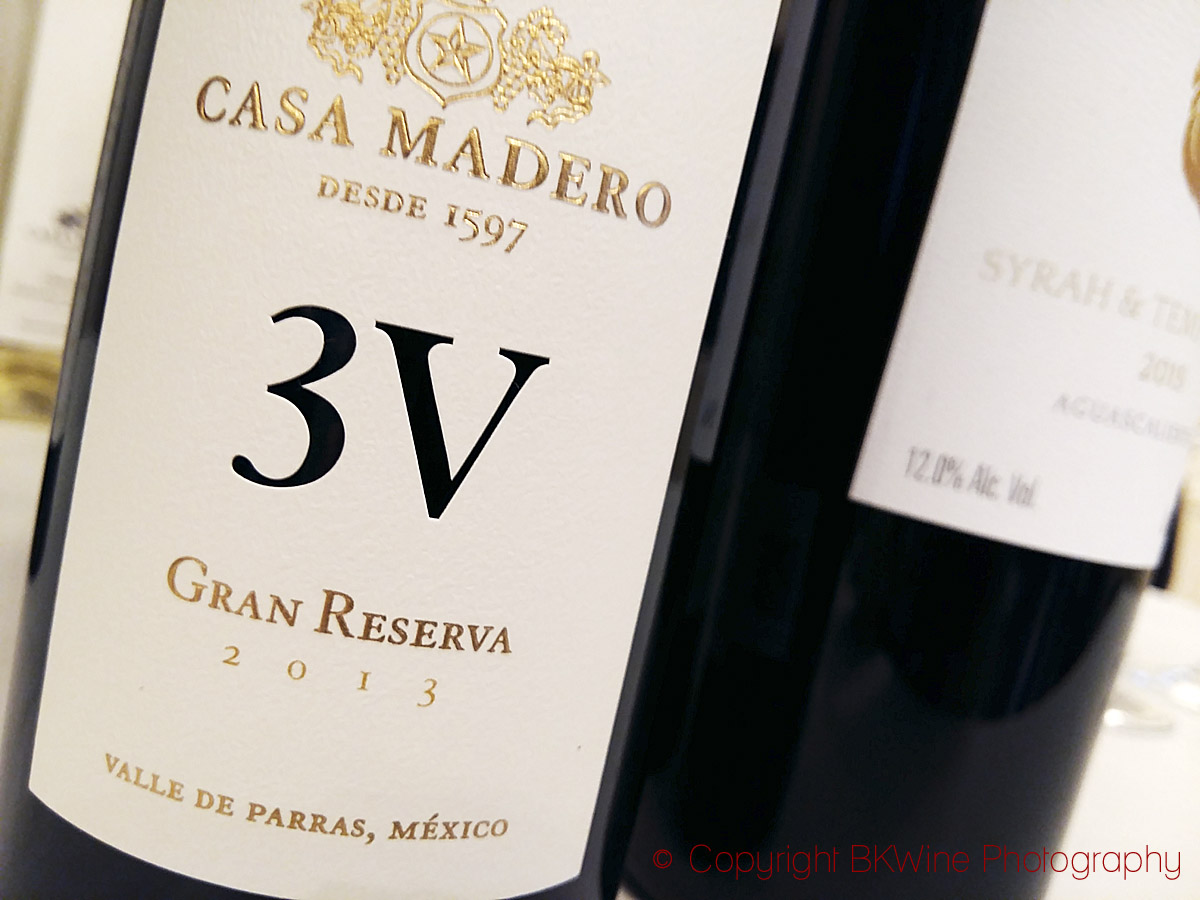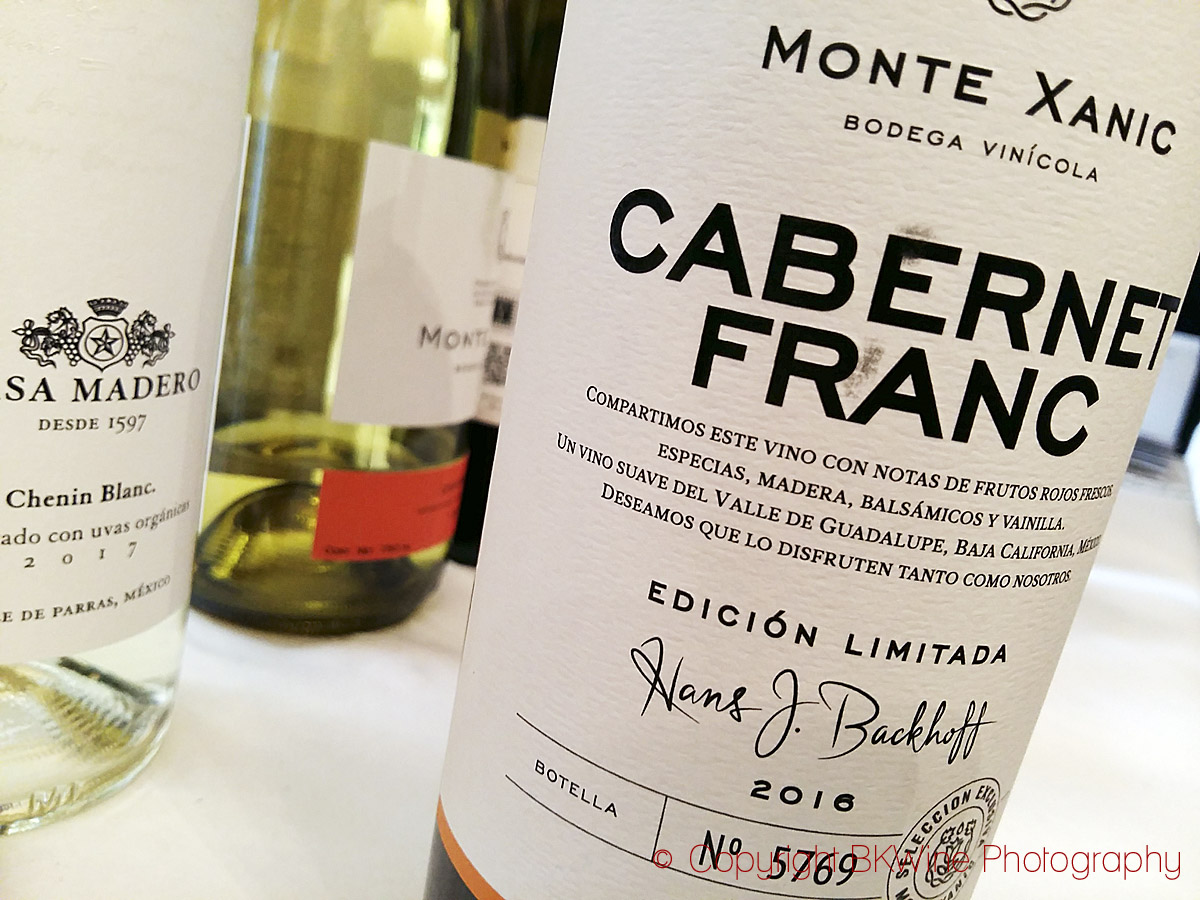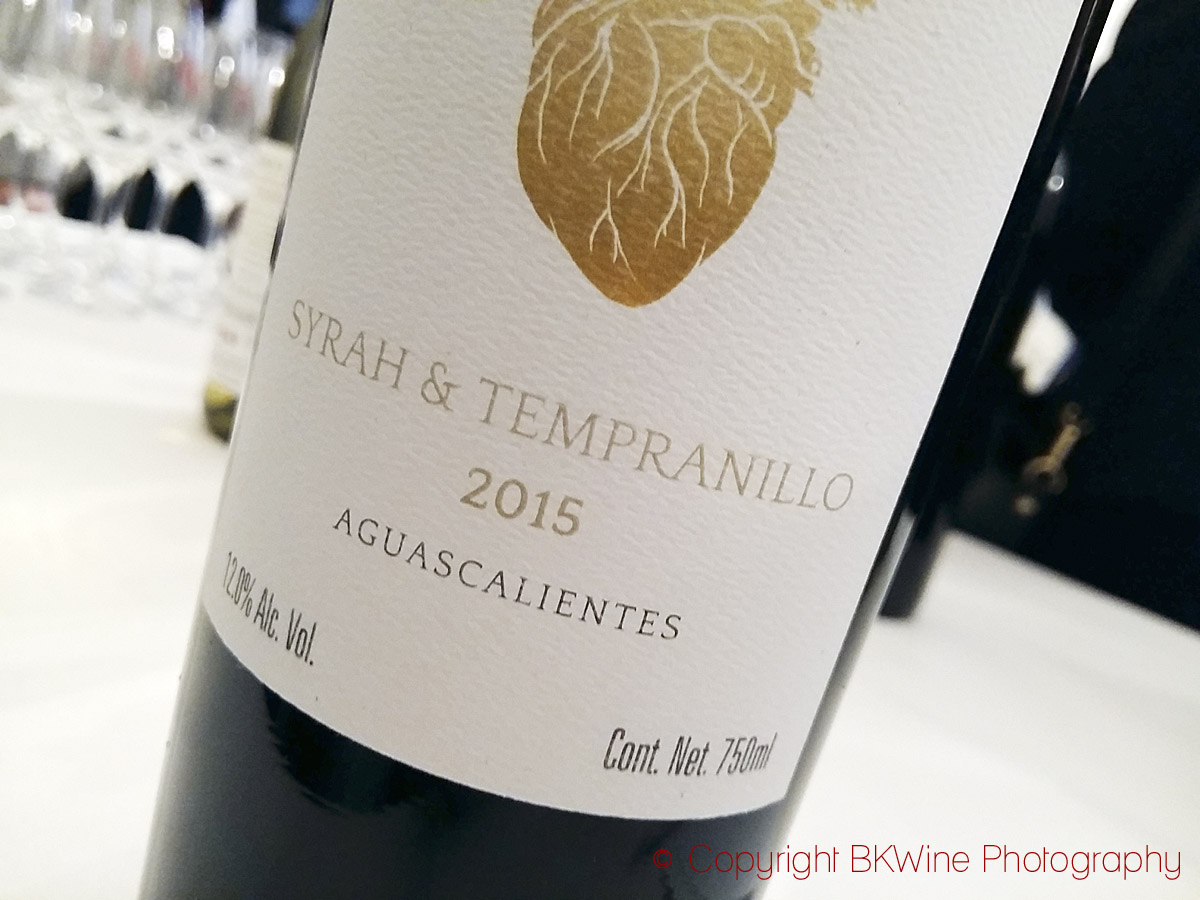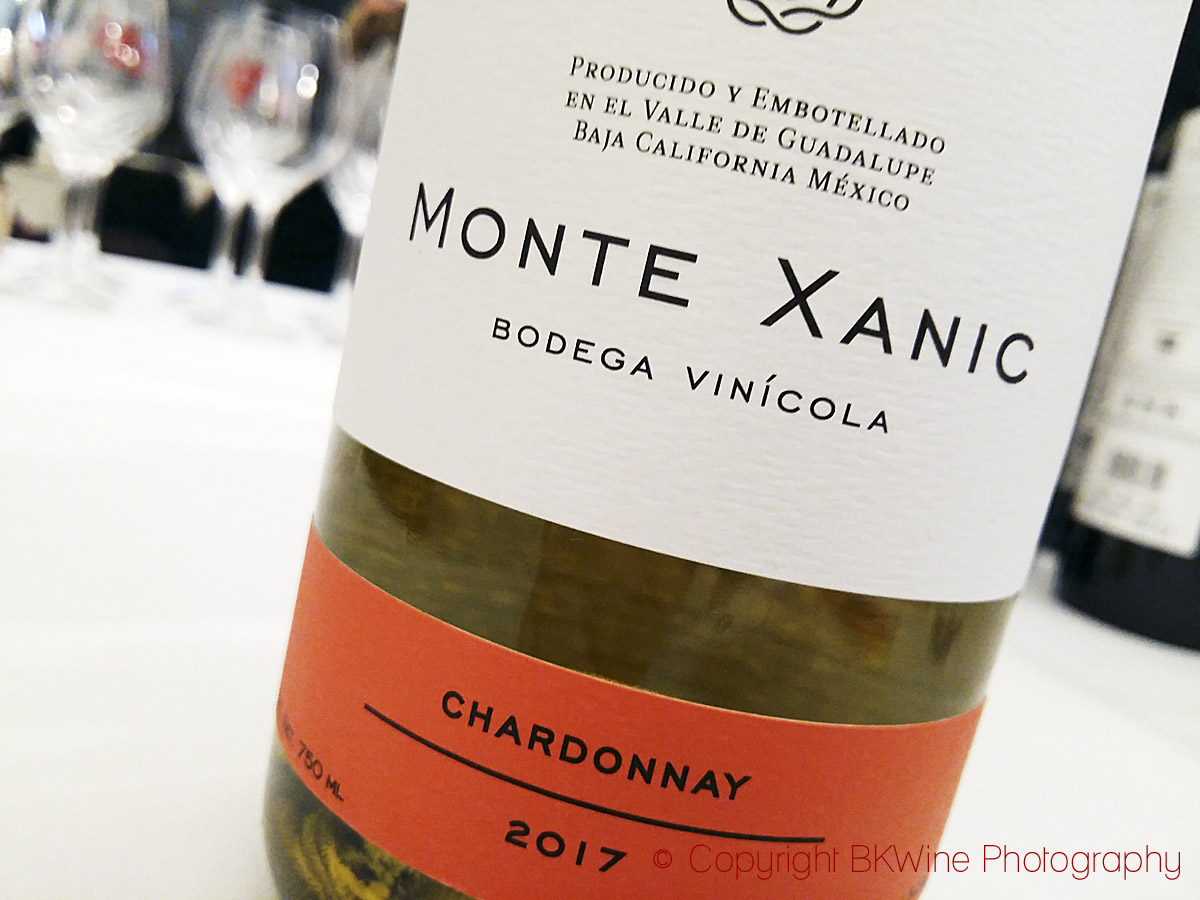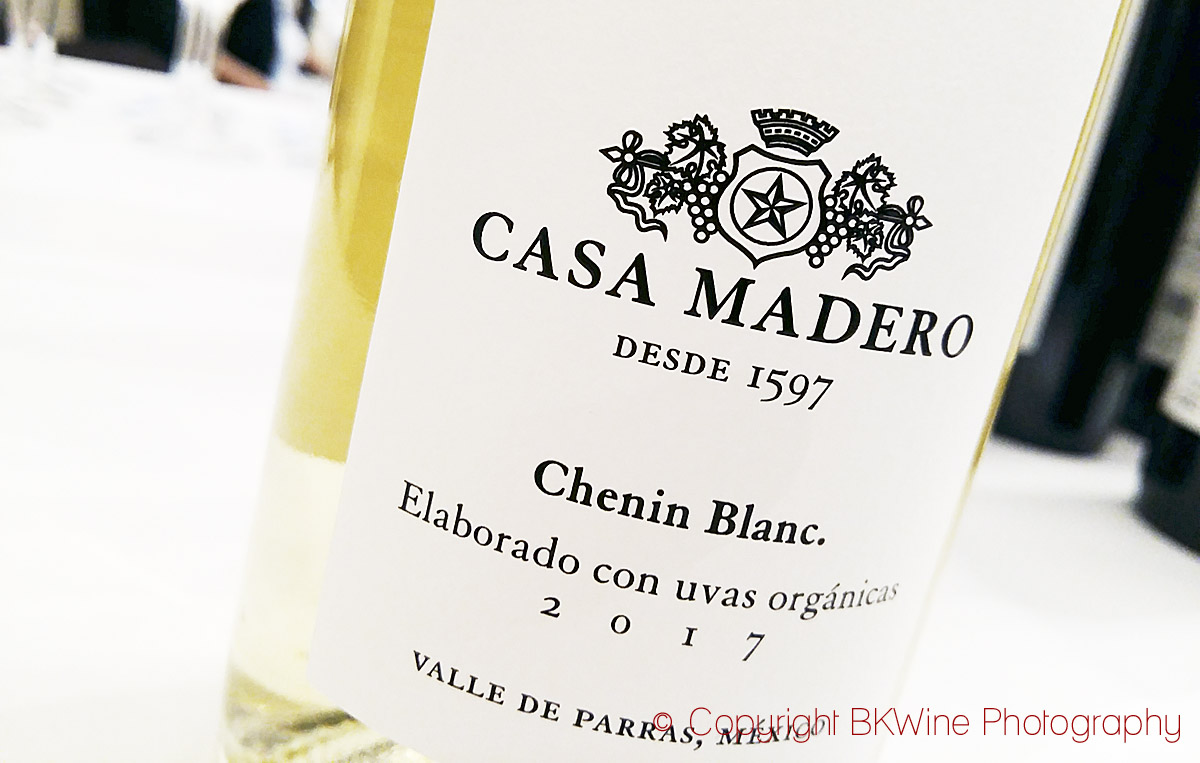Mexico is well on its way to become a very interesting fine wine country. It is true that much of the country is too warm and dry for wine growing, but if you know where to plant and what to plant you can make some very good wines here.
Mexico does not have a long history of quality wine although wine has been made here since the 16th century. Today there is only around 6500 hectares of vines, a bit more if you count grapes not used for wines.
The grape varieties that are used are mainly the “international” grapes, Chardonnay, Sauvignon Blanc, Chenin Blanc, Riesling, Semillon for whites and Cabernet Sauvignon, Merlot, Nebbiolo, Tempranillo, Garnacha for reds, plus a few others. Perhaps with time some of the older, more traditional varieties will also be used for quality wines.
Britt met with oenologist Cristina Pino who came to Paris to promote Mexican wines. The tasting showed that there are some very interesting wines made in Mexico today.

Read more on this in Britt’s article on Forbes: How Wine Is Growing In Popularity In Mexico.
Here is the introduction:
Few people would think of Mexico as a wine-producing country. Apart from the fact that Mexico is on the same latitude as northern Sahara this is a beer drinking-country and on top of that, world-famous for its tequila. Does wine really have any chance of success?
“Absolutely,” says Cristina Pino, a Spanish oenologist who came here from Spain seven years ago. She now works for wine producer Monte Xanic. “Mexico is a small wine country,” she says, “but with our different terroirs we can produce a multitude of wine styles.”
And slowly but surely the interest in wine is growing among consumers in Mexico.
Mexico is far south and it does have a very warm climate. If vines get too much heat the wines will subsequently have too much alcohol. The fruit will be jammy and the wines will feel unbalanced. But you can overcome these problems. Mexico is a mountainous country and at high altitudes the nights are cool, even cold. Or you can choose a location close to the coast where the sea breeze will cool the vineyards. Mexico makes use of both these options.
Read all of Britt’s article, as well as many other texts on wine, on BKWine on Forbes.
